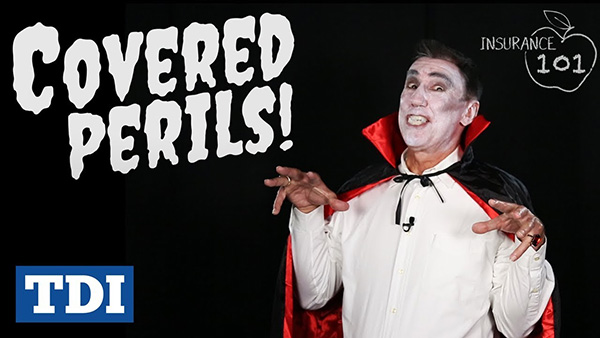-
Know the policy types
- All-risk policies cover any event that the policy doesn’t specifically exclude. These policies are also known as open perils policies.
- Named perils policies cover only the events listed in the policy. For example, a named perils policy that only covers floods won’t pay for damage to your home caused by a fire.
-
More about all-risk policies
All-risk policies provide the most coverage, but they don’t cover everything. They usually don’t cover damage from termites, wear and tear, sewer backups, floods, or earthquakes. They also usually don’t pay to remove mold or repair your home’s foundation.
If you need more coverage than your policy provides, talk to your agent about your options. You might be able to add some coverages to your policy for an additional cost.
-
More about named perils policy
Named perils policies are cheaper, but they might not provide all the coverage you need. Some named perils policies cover fire, lightning, explosion, theft, and vandalism. But others cover only a single event, like earthquakes or floods. Read the policy’s list of “Perils Insured Against” to know exactly what the policy covers.
-
Your lender might require insurance
If you owe money on your house, your lender will probably require you to have an all-risk policy. You’ll need to tell your lender if you file a claim and need repairs.
-
You might need more insurance
Depending on where you live, you may need more than one policy. For instance, if you live in an area that could be flooded, you might need a flood policy to go along with your home policy. If earthquakes are a threat, you might also need an earthquake policy. And if you live on the Texas coast, your home policy might not cover wind damage. You’ll need a separate wind and hail policy to be fully covered.

